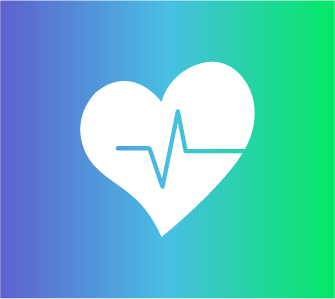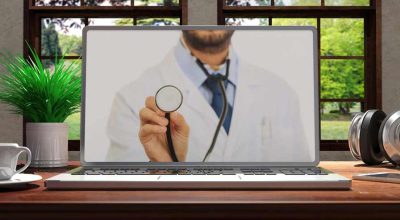Telehealth is a growing field that is being increasingly utilized by millions of Americans. According to the American Hospital Association, 74% of patients are interested in telemedicine services. However, many individuals still need to gain knowledge about its usage.
This guide aims to provide a comprehensive understanding of telehealth, including its definition, functionality, and the situations where it is most applicable.
Live Video Examinations
Live video examinations, also known as synchronous telehealth, involve patients and clinicians meeting through a video call, simulating traditional face-to-face consultations.
Benefits of live video examinations can include:
- Enhances patient-physician discussions and understanding
- Enables accurate diagnosis and treatment recommendations
- Provides convenient access to healthcare services, especially for those with transportation challenges
- Streamlines medication management and prescription fulfillment
Drawbacks of live video examinations can include:
- Dependent on stable Internet connections for video calls
- Potential technological challenges that affect examination quality
Asynchronous or Store-and-Forward Telehealth
Asynchronous, or store-and-forward, telehealth is one of the most common telehealth solutions available. This approach allows patients to send images or videos of their symptoms to their physicians for professional assessment, diagnosis, and treatment planning, without needing a live conversation.
Asynchronous telehealth offers several advantages over traditional care.
Benefits of asynchronous or store-and-forward telehealth can include:
- Ease of scheduling
- Minimizes language barriers
- Eliminates unnecessary back-and-forth communications between the patient and physician
Drawbacks of asynchronous or store-and-forward telehealth can include:
- Limited real-time interaction hampers gathering additional information or follow-up questions
- Diagnosis accuracy may be compromised without direct patient interaction
Remote Patient Monitoring (RPM)
Remote Patient Monitoring (RPM) uses technology to track patients’ health conditions in their homes or other remote locations. RPM is crucial in helping patients maintain their well-being by providing information about their condition, reminding them to take medication as prescribed, offering educational resources, and empowering them to manage their disease effectively.
Moreover, it can help reduce hospital visits by enabling physicians to proactively monitor a patient’s health status and intervene before emergencies arise.
Benefits of RPM can include:
- Real-time tracking of patients’ health conditions from home or remote locations
- Provides valuable information on patient needs, medication reminders, and disease education
- Reduces hospital visits by proactive health monitoring
- Enables more frequent monitoring compared to traditional methods
- Facilitates early intervention and preventive care
Drawbacks of RPM can include:
- Reliance on technology and devices for monitoring, which can lead to technical malfunctions
- Challenges in interpreting data without direct patient interaction
Mobile Health Apps
Mobile health apps help people track their health data by providing educational resources and support. Some apps even enable users to track their moods or symptoms throughout the day, offering insights into when additional support may be necessary.
Benefits of mobile health apps can include:
- Easy access through smartphone applications
- Provides educational resources and support
- Tracks medication adherence, blood pressure, weight, sleep patterns, exercise routines, and diet
- Allows users to monitor their moods throughout the day for mental health support
Drawbacks of mobile health apps can include:
- It relies heavily on patient input and self-reporting, which may result in incomplete or inaccurate data
- Limited access for patients who need more digital literacy skills
- Not directly tied to a physician, they may need more direct oversight and direction
Benefits of Telehealth
Telehealth can be an excellent option for patients and clinicians, as it offers many benefits, such as:
- Reduction of travel time and costs associated with visiting the doctor’s office
- Increased access to healthcare, particularly in rural areas
- Improved patient compliance with treatment plans, by providing them with self-management tools
How to Choose the Right Telehealth Solution
When choosing a telehealth solution, there are several factors to consider:
- Seamless integration and HIPAA-compliant data exchange
- Enhanced access to quality telehealth solutions
- An improved patient experience by bridging gaps in the healing process caused by distance
As a physician, selecting the appropriate telehealth solution is crucial for delivering quality care. ViTel Health offers scalable telehealth solutions tailored to your needs.
Telehealth: The Future of Healthcare
Telehealth transforms healthcare for patients and physicians, offering benefits like reduced travel time, improved access, and enhanced compliance. ViTel Health provides a user-friendly cloud storage system for seamless communication and access to critical patient data.
Embracing telehealth empowers physicians to deliver exceptional care, improve outcomes, and contribute to shaping the future of medicine.






